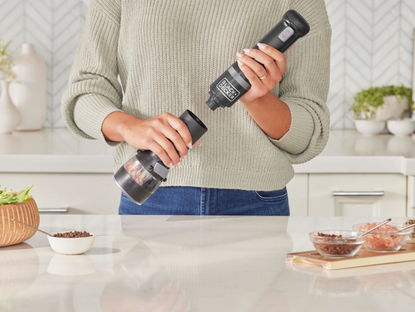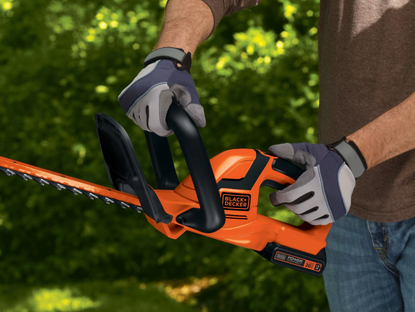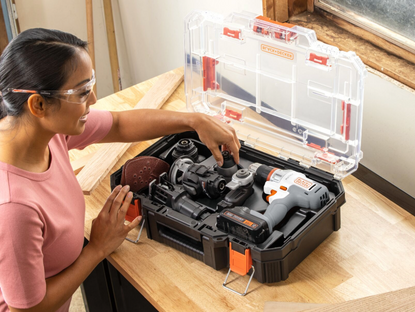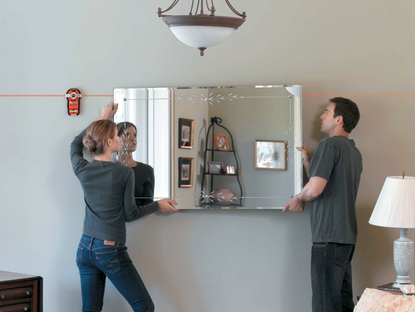Choosing screen porch material

Screening for porches, doors, and windows has performed the same primary function—keeping the bugs out—since it came into popular use in the late-1800s, but today’s screening products can offer more than protection from insects.
To help you select the right material for your project, here is a look at the most common types of screening and the specific properties of each.
Fiberglass
By far the most common type of screen used for porches, fiberglass mesh is inexpensive and offers good visibility due to minimal glare from sunlight. Fiberglass screen won’t crease like metal screening, and its flexibility makes it the easiest type to work with. Its main drawbacks are that it stretches and tears more easily than most other screen types. Commonly available in black, silver gray, and charcoal; black tends to produce the least glare.
Aluminum
Aluminum is the other standard screen material and costs about a third more than fiberglass. It offers excellent visibility, but glare can be a problem, especially with a bare (silver) metal screen. Aluminum screen is more rigid than fiberglass and thus a little harder to install, but it’s also more durable, although it is prone to creasing during installation and to denting at any time. In coastal areas, aluminum will oxidize. Available in gray, black, and charcoal; black usually offers the best visibility.
Premium Metals
For upscale jobs, screen is available in bronze, stainless steel, copper, and monel (a nickel-copper alloy). All of these are tough, long-lasting, and desired for their specific coloring and somewhat more elegant appearance over standard screening. Bronze, stainless steel, and monel hold up well in seaside climates.
Sun Control
For porches and sunrooms that tend to overheat in the summer, sun-blocking screen is available in a variety of types. The idea here is to keep out the bugs, along with most of the sun’s heat, while letting light pass through to the interior of the space and still maintaining good exterior visibility. Some sun control screens can keep up to 90% of the sun’s heat from getting inside.
Pet-resistant
Pet screening is many times stronger than standard mesh—perfect for owners of dogs, cats, small children, and other loveable but destructive creatures. It’s more expensive (and affords less visibility) than standard screen, so you might choose to install pet screening only along the lower portion of screened walls, such as below a sturdy mid-rail or hand railing.

Understanding Screen Weave
Standard insect screening is made from woven strands of material. The tightness of the weave, or mesh size, is measured in the number of strands per inch. Standard mesh is 18 x 16, which has 18 strands per inch in one direction and 16 strands in the other direction. For large expanses of unsupported screen, you might consider using 18 x 14 mesh. This has slightly heavier strands, so the screen holds up better when stretched over large areas. If you live in a climate where tiny “no-see-um” bugs are a problem, you might need 20 x 20 mesh screen, which offers the best protection from teensy pests.













